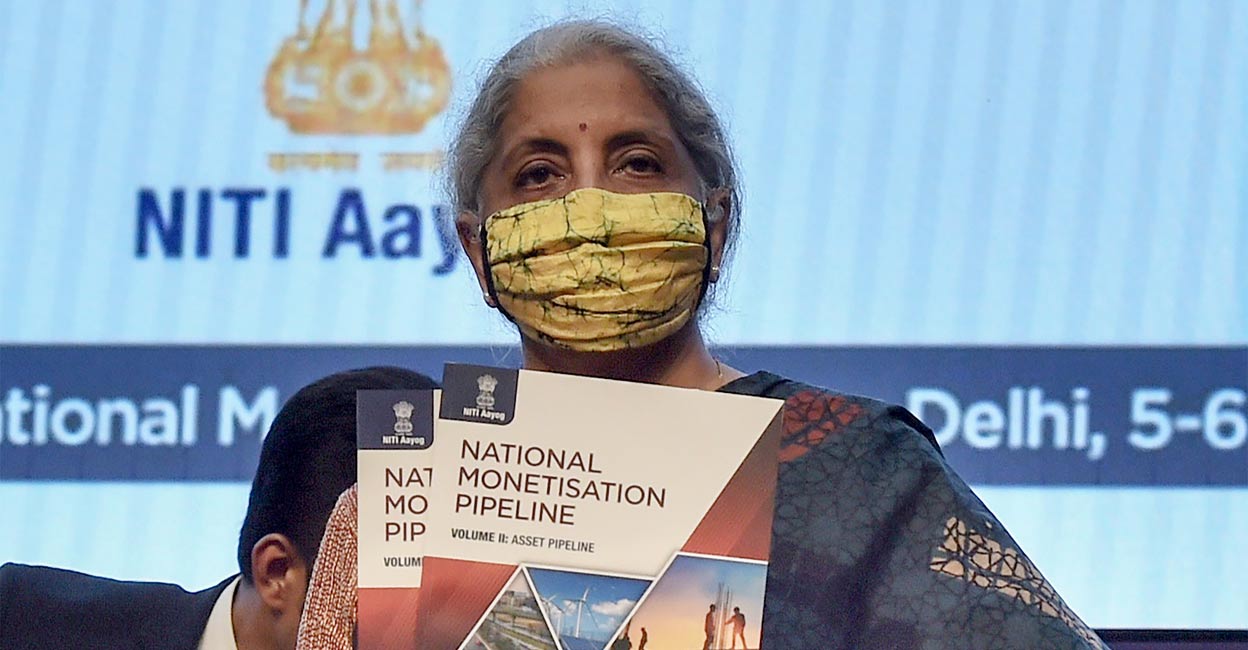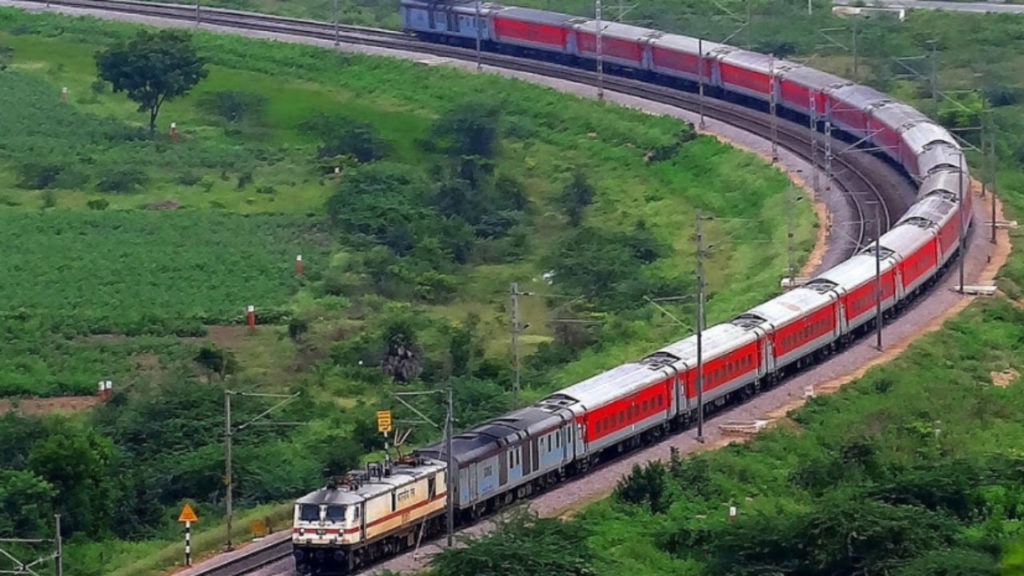The Indian Railways, which serves a population of 1.3 billion people, is responsible for the world’s fourth biggest train network. However, in recent years, the railways have been challenged with declining budgets and have been considering alternative revenue streams.
Given the growing emphasis on improving railway infrastructure to support freight and passenger traffic, large expenditures are required to solve financial, capacity, and redevelopment issues.
In this perspective, the monetization of railway assets is significant since it will allow for a higher infusion of capital from private investors.
Railways in India :-

- Significance of Indian Railways: Indian Railways are the world’s fourth-largest railway system, with a network of 1,21,407 kilometres and a total track length of about 67,368 kilometres.
- More than 1.3 million individuals work for India’s railroads.
- Freight trains are particularly important in terms of trade since they deliver more than 90% of the coal that accounts for 50% of the country’s electricity needs.
- Financial Assistance to the Railway Industry: The year 2014 was a watershed moment for the railway sector, as the government implemented two further reforms, allowing 100 percent foreign direct investment (FDI) in the railway infrastructure sector as well as enabling private investments in railroads.
- The automated method allowed 100 percent FDI in 10 areas/activities classified under the categories of construction, operation, and maintenance.
- According to data issued by the Department for Promotion of Industry and Internal Trade, FDI inflows into railroads and related industries totaled $1.23 billion (April 2000 – March 2021).
- However, this accounted for just 0.23 percent of India’s overall FDI inflows.
- Railway Initiatives: The National Infrastructure Pipeline and the Draft National Rail Strategy (NRP) 2020 provide a detailed asset-level plan for the railway sector’s growth.
- The NIP estimates that the Centre and states would spend a total of $13.7 trillion on capital projects from 2021-22 to 2024-25, with 1.6 trillion of that coming through public-private partnerships (PPPs).
- The Draft NRP 2020 included a three-decade strategic plan for the railway industry, which involves increasing the modal share (freight) of railroads from 26% to 45 percent while maintaining best-in-class passenger services.
- Railway Initiatives: The National Infrastructure Pipeline and the Draft National Rail Strategy (NRP) 2020 provide a detailed asset-level plan for the railway sector’s growth.
- The NIP estimates that the Centre and states would spend a total of $13.7 trillion on capital projects from 2021-22 to 2024-25, with 1.6 trillion of that coming through public-private partnerships (PPPs).
- The Draft NRP 2020 included a three-decade strategic plan for the railway industry, which involves increasing the modal share (freight) of railroads from 26% to 45 percent while maintaining best-in-class passenger services.
Challenges Faced by Indian Railways :-

- Issues with Funding: Since independence, the railroads have relied heavily on government funding, making it difficult to raise sufficient cash for capital spending.
- The majority of the money are still accounted for as operational expenditures.
- Mis happenings due to Poor Infrastructure: Collisions, derailments, and level crossing accidents have occurred as a result of poor infrastructure and financial issues in the railway industry.
- Revenue Loss: The passenger segment suffered a revenue loss of 38,017 crore due to Covid-induced interruption in the preceding fiscal year (FY 2020-21).
- Huge Rehabilitation Costs: It is estimated that the redevelopment of 125 stations, as well as real estate development, will cost over 50,000 crore.
- Passenger Train Under-Capacity: Passenger trains are under-capacity as indicated by the fact that on average, 15% of ticket holders are placed on a waiting list.
- Over 8.84 crore people were unable to fly in 2018-19 due to a queue.
Way Forward :-
- Monetization of Railroads: A Step Forward: Monetization of railways might be a game changer, as it could better utilise underutilised railway assets while also providing the four funds required to accelerate the development of India’s railway system.
- Changing the Railways: In order to stay up with the world’s other major economies, India will need to extend its high-speed railway network.
- In aspects like speed and route-km per million population served, which are metrics to gauge the level of rail connectivity in a country, the Indian Railways Vision 2020 report stated that the railways must match the speed and efficiency of trains in countries like the United States, France, Japan, and Germany.
- Efficient Policy Initiative Implementation: A successful implementation of the NMP will result in a large flood of cash that can be used to enhance passenger train infrastructure and operational logistics, as well as rebuild railway stations, freight terminals, railway colonies, and railway lines.
- Using Railway Assets: It is critical to recognise that the majority of our railway assets have been idle or underused since independence.
- Land next to railway tracks might be leased to telecom firms for cable installation.
- It would also be sensible to allow private enterprises to use freight terminals as logistics parks, generating a new cash stream.a nation.
- Robust Investments are Required: Robust private sector investments are required to meet the government’s ambitious aims, such as reaching 100 percent electrification by 2023, a Net Zero Carbon Emission Network by 2030, ease of ticket booking, and online freight services, among others.
- Mitigating Under-Capacity: To address the issue of passenger rail under-capacity, 12 clusters have been identified on high-demand lines, with the potential to attract 30,000 crores in private investment and the addition of 150 new trains along 109 routes. Such projects should be supported.
Conclusion :-
Indian railways is a lifeline for more than 30 million citizens who use it every day. Modernizing the railway facilities and enhancing the speed of trains will go a long way towards making India’s workforce more productive.
The monetisation of railways supported by a sound economic rationale will likely serve as a playbook for other sectors to emulate.
